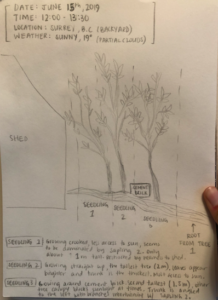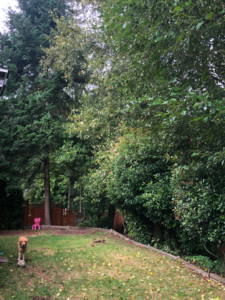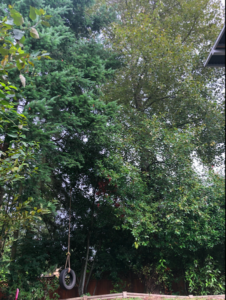User: | Open Learning Faculty Member:
The purpose of my study was to investigate the effectiveness of seedling growth based on exposure to sunlight. Other topics that could be considered in this investigation could include competition over resources between seedlings, and the proximity of neighbouring trees and shrubs that may also create competition for the seedlings. I predicted that increased exposure to sunlight was the cause of Seedling 2’s (the seedling most exposed to sunlight) faster growth rate, and so far the data collected is in support of my initial hypothesis.
Keywords: seedling growth, exposure to sunlight, competition of resources




